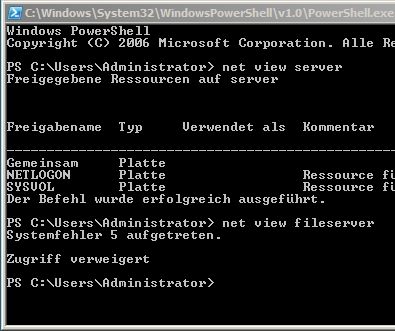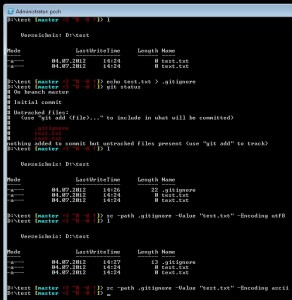Nachdem “Growing Object-Oriented Software, Guided by Tests” von Steve Freeman und Nat Pryce bei den Ruby Rogues besprochen wurde (siehe 068 RR Book Club: Growing Object Oriented Software Guided by Tests), war mir klar, dass ich es auch lesen musste. Und ich muss sagen: es hat sich definitiv gelohnt. Es ist das beste Buch zum Thema Test Driven Development, das ich bislang gelesen habe.
Das Buch beginnt mit einer ca. 70-seitigen allgemeinen Einführung in das (testgetriebene) Vorgehen der Autoren bei der Softwareentwicklung. Dabei wird z.B. TDD erläutert und die eingesetzten Werkzeuge werden vorgestellt. Der Fokus liegt hierbei auf JUnit und jMock.
Danach folgt ein riesiges Praxisbeispiel: ein “Auktionssniper”, dessen Entwicklung als Java-Swing-Anwendung auf gut 150 Seiten beschrieben wird. Was mir dabei die Augen geöffnet hat, war das Starten mit einem fehlschlagenden Akzeptanztest. Bevor die erste Zeile Produktiv- bzw. Unit-Test-Code geschrieben wurde, haben die Autoren viel Zeit darauf verwendet, einen “End-To-End-Test” zu erstellen, der die erste Funktionalität der Applikation wie ein echter Benutzer testet. Dazu ist einiges an Aufwand nötig (Threading, GUI-Test-Framework etc.), aber das lohnt sich im Nachhinein, weil die Tests mit echten Benutzern entfallen können.
Ich muss zugeben, dass ich das Praxisbeispiel teilweise nur recht schwer nachvollziehen konnte, weil ich beim Lesen nicht den ganzen Code im Kopf hatte und immer nur die interessanten Teile gezeigt wurden. Allerdings konnte ich sehr viele Anregungen für meine eigenen Anwendungen mitnehmen, z.B. dass man generische Klassen nicht als Methodenparameter nutzen sollte (sondern besser eine eigene Containerklasse mit einem sinnvollen Namen erstellen sollte), dass einem die “import”s einer Klasse ggfs. verraten, dass diese zu viele Aufgaben hat, oder dass man Factorys besser im Kontext der Domäne benennen sollte (z.B. AuctionHouse anstatt AuctionFactory).
Abgerundet wird das Buch durch die letzten ca. 100 Seiten mit wieder eher allgemeinen Tipps zum testgetriebenen Entwickeln. Dabei gehen die Autoren noch einmal in die Vollen und behandeln z.B. das Testen von Multithreading-Applikationen oder den sinvollen Umgang mit Logging-Mechanismen.
Alles in allem kann ich dieses Buch jedem Softwareentwickler empfehlen. Obwohl die Beispiele in Java geschrieben sind, lassen sie sich leicht auf andere Sprachen übertragen und jeder Entwickler wird hier eine Vielzahl an Anregungen für die Programmierung mitnehmen können.







